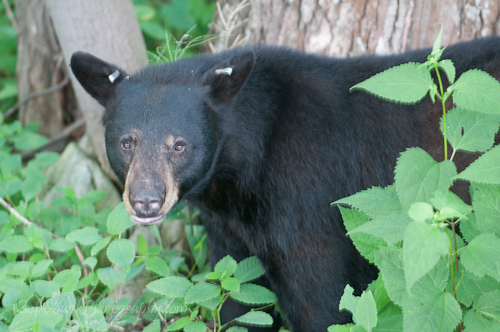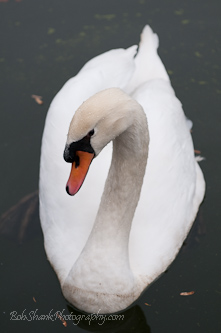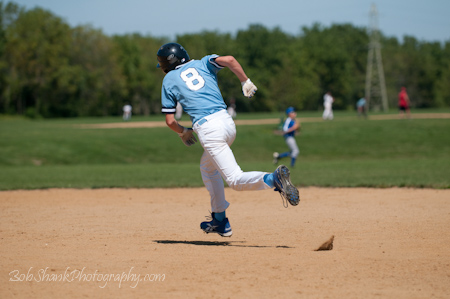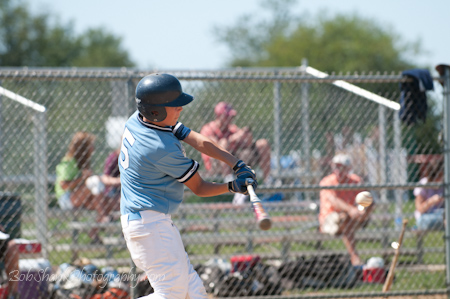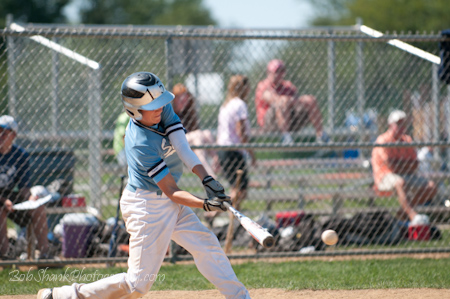Continuing the theme of how I post-process photographs, I will now discuss how I use the Web Gallery Module in Lightroom to share my photos with others.
Let’s say I shoot a baseball game, which is one of my most favorite subjects. Every game has a story that unfolds and my job is to try to tell that story photographically. I also like to portray players in action, preferably with the baseball in the frame. So I get back from a shoot and select the keepers as I described on Saturday. All those that are marked “picked” will now be prepared for display on a new web page on my website. Lightroom makes this incredibly easy!
First, I go to the collection I created, that contains all the selected photos. Then I go to the Web Module. Here’s where things get fun! Let’s say I want to add the photos to my website and have them display as a slideshow with a black background. To start setting this up, I click on the already installed Lightroom Template from the left panel named “Slideshow.” Now I choose to customize this in a number of different ways. First I setup the titles in the right panel labeled Site Info. I can change the Site Title, Collection Title, Description, Contact Info, and the Web or Mail Link. As changes are made they show up in the large preview screen.
I typically just go down the right-hand panel and make changes in this order. The next panel is the Color Palette where I can change the font color, any header or menu text, the border, and the background colors. I like to use a black background for slideshows with white text.
The Appearance Panel allows us to change the layout features such as adding an identity plate and determine the size of thumbnail and image size.
The Image Info panel gives me the opportunity to add titles and/or captions to each photo, assuming I included this information in the metadata for each photograph.
The Output Settings panel allows me to set the size and quality of the images, add watermarks, and sharpen on output.
Finally, the Upload Panel is where we can setup our ftp server information for automatic uploading. I ignore this panel and prefer to export manually because I create a username and password so that the photos of these young players are protected. This process is a topic for another discussion at a later time.
Once I make all the changes to get the web gallery just the way I want it to look, I double-check to make sure the preview is exactly as I imagined it should look. The uploading process takes some time, so I want to be sure things are correct now. Otherwise I might have to another upload, which only takes more time.
I export the newly created web gallery to my hard drive. Then I use my web design software to upload the gallery onto a new folder on my server, which is the last step in this process. You can see an example of a slideshow I created by following these directions here. A visitor to my website can scroll through each image manually one-by-one or opt to start the slideshow and have the photos scrolled through automatically.
This is really easy to do and I use this or a similar feature after every photo shoot. Lightroom makes it very customizable and easy to do. Give it a try yourself!

